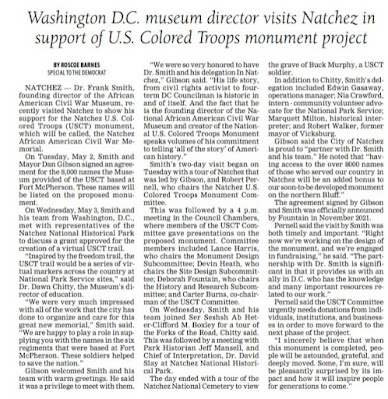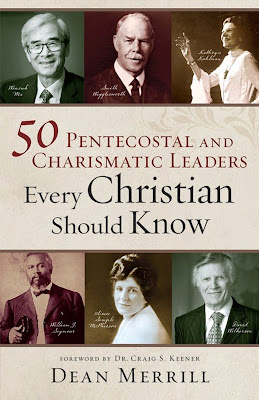By Roscoe Barnes III, PhD
Author, F.F. Bosworth: The Man Behind “Christ the Healer”
Copyright © 2023
#FFBosworth
#BosworthMatters
 |
| Photo shared by Bishop Paul Francis Lanier |
“Following service a precious
member of many years and dear friend presented me an amazing gift …. It was a copy
of F.F. Bosworth’s “Christ the Healer.” Of course, I love this book. Even more
special, when I opened it I discovered that it came from the personal library
of Maya Angelou. Many of Dr. Angelou’s things were sold recently at an auction.
I just think it is the coolest thing that she had Brother Bosworth’s book, and
that someone thought of me when they saw it. So blessed. So very blessed.”
Friends of Lanier quickly responded with congratulatory comments. “Wow .. doubly cool,” replied Donna Schambach. One friend shared, “What a treasure to your heart.” Another wrote: “My copy stays on my desk. I refer to it often. No words can explain the Power of God that was present with F.F. Bosworth as it was written!”
“I have that great book!,” posted one friend. “Surprised that Maya Angelou also had it!”
While we don’t know if Angelou actually read the book, we are certain that it was inside her home. Given her love of books and her voracious appetite for reading, there’s a good chance that she did indeed read Bosworth’s book. Even so, it would be interesting to know how she acquired the book and what she thought of it.
Just over a year after her death, Laster’s Fine Art & Antiques hosted an estate sale at her house in Winston-Salem. Through that sale, people acquired her furniture, artworks, and books, among other things.
Angelou’s faith
Angelou was an iconic figure, especially in the areas of writing
and social justice. She was a famous poet, dancer, scholar, actor, popular speaker,
and civil rights activist. One of her most well-known books was her
autobiography, “I Know Why the Caged Bird Sings” (1969). She was also a mentor
to Oprah Winfrey.
In 1992, Susan King, staff writer for the LA Times, inquired about Angelou’s faith in an interview about the PBS special, “Maya Angelou: Rainbow in the Clouds.” At the time, Angelou was 64, and she acknowledged the importance of faith. In fact, she attended a Methodist church and a Baptist church.
King asked, “Have you always had strong religious beliefs?”
Yes. I have always tried to find myself a church. I have studied everything. I spent some time with Zen Buddhism and Judaism, and I spent some time with Islam. I am a religious person. It is my spirit, but I found that I really want to be a Christian. That is what my spirit seems to be built on.
I just know that I find the teachings of Christ so accessible. I really believe that Christ made a sacrifice and for those reasons I want to be a Christian. But what kind, I don’t know. I don’t know what time of day I am at.
-------------------------
Note: My book, F.F. Bosworth: The Man Behind
"Christ the Healer," can be purchased here with a 25% discount. Use the discount code (all
caps): BOSWORTH25.
Want to know more
about F.F. Bosworth?
Follow the Bosworth Matters blog!
Start here:
-----------------------------------------------------------------------------
Visit the F.F. Bosworth page here. Questions about the research and commentary on F.F. Bosworth may be directed to Roscoe Barnes III, Ph.D., via email at doctorbarnes3@gmail.com or roscoebarnes3@yahoo.com. For updates on F.F. Bosworth history, simply follow this blog or @bosworth_fred and @Roscoebarnes3 on Twitter. #ChristTheHealer #BosworthMention #BosworthMatters








